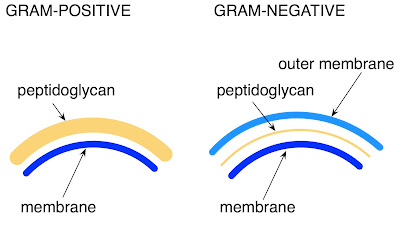The aim of this practice is to identify the phases of the mitosis in the root of an onion.
MATERIAL
- Microscope
- Slide and coverslide
- Dropper
- Watch glass.
- Beaker
- Forceps
- Filter paper
- Scissors
- Bunsen burner
- Lighter.
- Needles.
- Distilled water
- Orcein A
- Orcen B
- Onions
- Water
PROCEDURE
- We keep in a glass the bulb of an onion for a few days, the glass must contain water that is in contact with the roots until the roots measure 3mm.
- Then, we cut the roots and we put them in a watch glass and we add 2mL of Orcein A.
- Heat the watch glass with the orcein until we see gray vapors.
- Take the root and put it on the slide and add drops of orcein B.
- We place the slide on filter paper, wrapping and tighting it.
- We cover it with the coverslide and we observe the results on the microscope.







